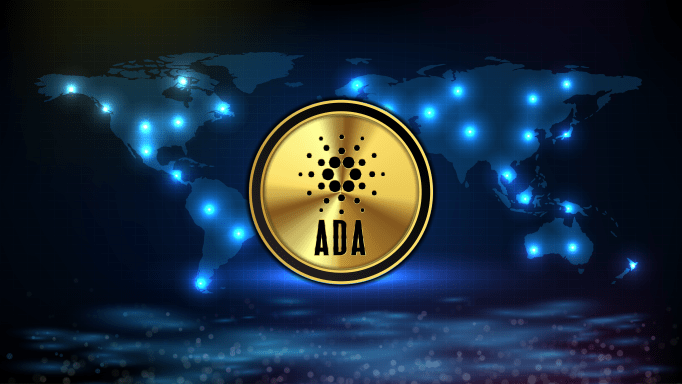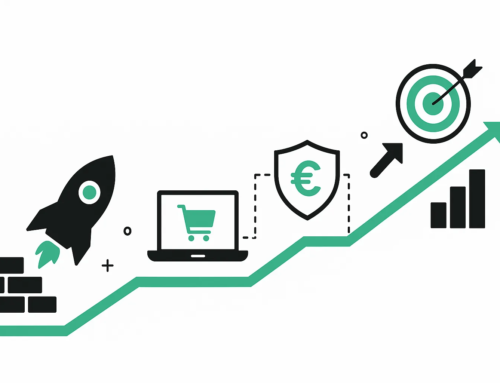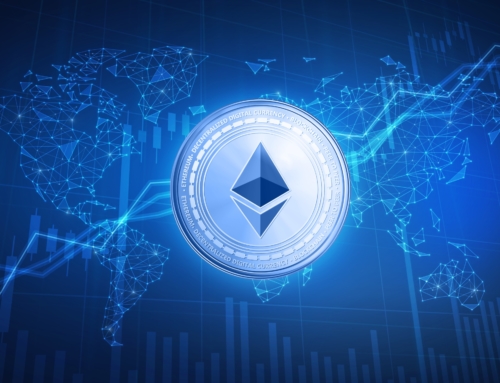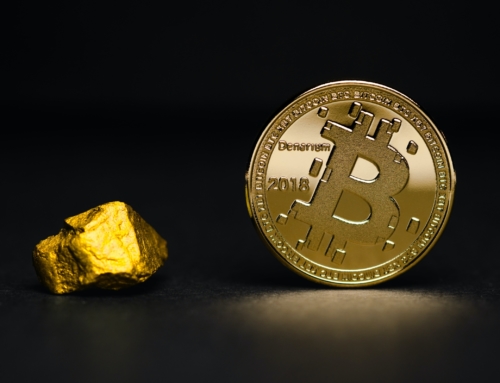In the myriad of cryptocurrencies that have appeared on the scene in the last decade, ADA, the Cardano-related cryptocurrency, is among the most successful. One of the key elements of its success is certainly the fact that Cardano, which is a blockchain platform, uses Proof of Stake as its consensus algorithm and not Proof of Work like many other cryptocurrencies including Bitcoin. Another important factor is that among the founders of Cardano there is Charles Hoskinson, co-founder of Ethereum.
Creation of Cardano
Hoskinson had left Ethereum due to a different view on the strategy with Vitalik Buterin, the former believing that it was necessary to transform Ethereum into a commercial organization, while Buterin thought it was more convenient to continue on the non-profit line. Hoskinson, who had left Ethereum, founded Input Output HK, becoming its CEO, and in December 2016 launched the ADA token offering with the aim of raising funds to build an innovative blockchain platform that would go beyond Ethereum and the platforms that had existed until then. According to Hoskinson, the time had come, after the Bitcoin and Ethereum experiences, to arrive at a next-generation blockchain technology that would combine the best of what has been developed so far and eliminate the limitations that had emerged: scalability, security, interoperability, sustainability. Cardano, therefore, was designed as a better performing and more eco-friendly system than Bitcoin and Ethereum and ensured its success also thanks to the good reputation of Hoskinson who, while witnessing the failure of many projects and companies born from Initial Coin Offerings (ICOs), had already proved to have created a successful project, namely Ethereum. By the end of the ICO, the Cardano project had raised USD 62 million. After the launch, the value of the ADA token quickly rose from USD 0.02 to over USD 1, and today, following various phases of depreciation and recovery, it stands at USD 2.35. Even more remarkable is the fact that in terms of market capitalization, ADA ranks third among cryptocurrencies, behind only bitcoin and ethereum, which have a capitalization of around 10 times and 5 times that of ADA respectively.
The name Cardano was a tribute to Gerolamo Cardano, a 14th-century Italian medical doctor and inventor who, among many other innovations, invented the combination lock. ADA, on the other hand, derives from Ada Lovelace, a 19th century mathematician and daughter of the poet Lord Byron, who is recognized as the inventor of the first algorithm designed to be executed by a machine. It is no coincidence that the first version of Cardano was named Byron.
The project and the platform
The Cardano project aimed to create a platform based on a multilayer architecture and Proof of Stake consensus algorithm and to support smart contracts. The Proof of Stake algorithm is much more energy-efficient than Proof of Work and is also faster to execute. Hence the predictions of better performance and scalability of this blockchain platform, as well as the greater economy in terms of energy consumption.
The platform is organized in two layers:
– a lower layer (the Cardano Settlement Layer) which deals with the recording of transactions, similar to Bitcoin
– a higher layer (the Cardano Control Layer), more similar to Ethereum, which allows the development and execution of smart contracts and Dapps, the distributed applications
The first version of the platform went live on 29 September 2017, and various updates took place in the following years. Further elements that characterize Cardano are the Haskell programming language, which is based on mathematical principles and functions and therefore less prone to human error and easier to verify, and the Daedalus wallet, which not only manages ADA tokens but also acts as a node.
The organization
Cardano is governed by three independent entities: the Cardano Foundation, OHK, Hoskinson’s company and Emburgo. Each of the three organizations has specific tasks:
– Cardano Foundation, based in Switzerland, is a non-profit organisation dedicated to supporting the adoption of the protocol and its ecosystem.
– Most of the research and development is carried out by IOHK, a commercial technology organisation that works with researchers from various universities around the world to develop and maintain the technology.
Finally, Emurgo is a multinational company that develops and supports commercial solutions based on Cardano.
The scientific mind behind Cardano and its Proof of Stake Ouroborous consensus algorithm is Prof. Aggelos Kiayias who currently holds a chair in Cyber Security and Privacy at the University of Edinburgh. The numerous relationships and collaborations with universities around the world by Cardano’s governing organizations also give a scientifically proven value to the innovations that are integrated into the platform, giving them an aura of greater seriousness and reliability.
Recent developments
After several updates since 2018, the introduction of the long-awaited smart contract functionality on Cardano’s public blockchain took place in recent weeks with the Alonzo fork. Smart contracts can be written with Plutus, a specially designed language. The absence of smart contracts in the first four years of the platform’s life had led to much criticism of Cardano’s governing organizations. According to Cardano’s developers, what has been done is an important step, but they are aware that much work remains to be done, both to make the smart contract system work well – the first Dapps encountered problems – and to create an ecosystem of distributed applications in the field of decentralized finance (DeFi) based on the platform.
Conclusions
The Cardano project has certainly been a success despite the delay in releasing key features. Its cryptocurrency has a large market capitalization and is among those that have experienced the greatest growth in value in recent years. With the release of smart contract support, it will finally become clear in the coming months and years whether, as Cardano’s developers believe, there will be a migration of DeFi applications and non-fungible tokens (NFTs) to Cardano. Those applications now face expensive and slow transactions on Ethereum.






